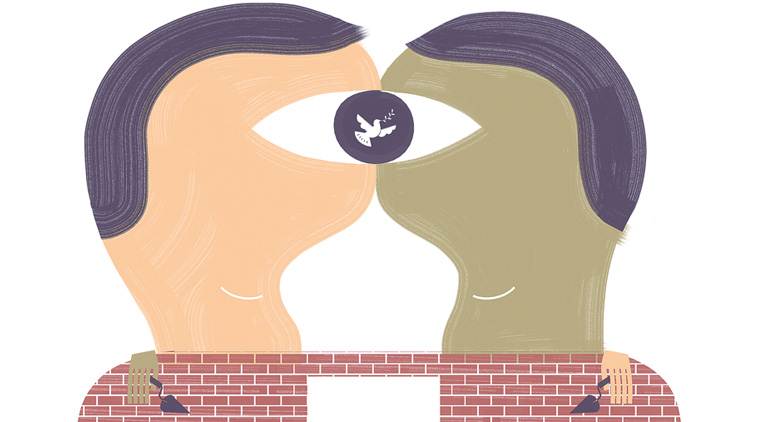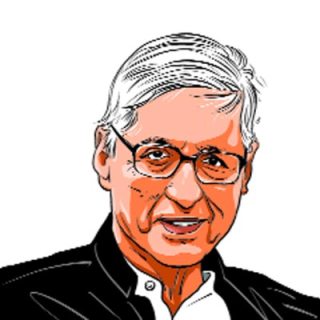A new temple, a new mosque
Ayodhya’s disputing sides can come together. The Supreme Court can direct them to do so.

Even as a five-judge bench of the Supreme Court seems ready to hear the case about the Ayodhya site where the Babri mosque (said to have been built in the 1520s) stood until its demolition in December 1992, the central government has asked the Court to release from its custody land surrounding the site so that the construction of a Ram temple can begin there. With good reason, this Ayodhya question has been linked to the general election that is due before May. The question should, however, be examined in a broader perspective. In fact, we should ask even at this late stage whether or not statesmanship and a spirit of give-and-take can produce a settlement.
The bare bones of a settlement are not hard to identify. One, the Hindu side admits the error in demolishing the mosque. Two, the Indian state admits its failure to prevent the demolition. Three, the Muslim side acknowledges the Hindu community’s wish to see a Ram temple rise on the site as also the Hindu community’s belief that a temple had once stood where the Babri Masjid was built. Four, not far from the site, and yet not too close to it, space for a new mosque is made available by the Hindu side and the Indian state. If necessary, the four steps can be simultaneous. In this dream-like scenario, acknowledgment of wrongdoing and restitution leads to justice as well as reconciliation.
Passions, politics and pressures may produce a Ram temple anyway, with or without a Supreme Court order. If such a temple emerges without an admission of the wrongfulness of the demolition, the Hindu-Muslim divide will deepen and Muslim fears will intensify.
Also, the new temple, no matter how grand, may rest on shaky foundations. Parents may tell their children: “See that glittering temple over there? It was built with deceit and force. First a great lie was spread that a Ram idol had mysteriously appeared inside the mosque when in fact it was surreptitiously inserted. Forty-three years later, the mosque was demolished despite repeated pledges to courts and the world that it would not be touched.” People will say to themselves: “Lord Ram was known for saying that life may be sacrificed but one’s word must be kept. He was loved and honoured for that statement. Is this a temple for that Ram?”
In their 2012 study of the demolition’s history (Ayodhya: The Dark Night), researchers Krishna Jha and Dhirendra K Jha detail the idol insertion of 1949 as also the persistent effort of Swami Akshay Brahmachari, an eye-witness, to bring that pre-dawn insertion to public knowledge. A fearless believer in Hindu-Muslim friendship, the Swami lived until 2010.
In 1949, the carefully planned placement of the idol was portrayed as a miracle. Though K K Nayar, the region’s deputy commissioner, was sympathetic to the insertion and refused to undo it, he conceded in a letter to the UP government that “the installation of the idol in the mosque has certainly been an illegal act”. Nayar’s observation was quoted by P V Narasimha Rao in his 2006 book on the demolition, Ayodhya: 6 December, 1992. In 1949, Nayar (who became a Jana Sangh MP in 1967 from Bahraich in UP) claimed that he was helpless before the illegal installation. Similarly, Rao, who was the prime minister when the 1992 demolition occurred, said in his 2006 book and to Parliament in 1992 that he was helpless before the demolition.






































No hay comentarios:
Publicar un comentario